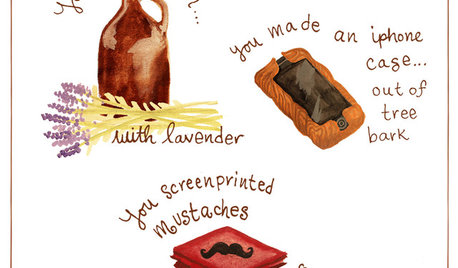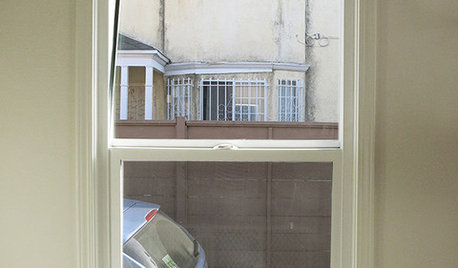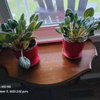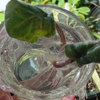Dealing with bugs hereis a possible easy solution.
littlefishgrow
15 years ago
Related Stories

PETSDealing With Pet Messes: An Animal Lover's Story
Cat and dog hair, tracked-in mud, scratched floors ... see how one pet guardian learned to cope and to focus on the love
Full Story
KITCHEN DESIGNKitchen Counters: Durable, Easy-Clean Soapstone
Give bacteria the boot and say sayonara to stains with this long-lasting material that's a great choice for kitchen and bath countertops
Full Story
LIFEEasy Green: Modern Homesteaders Stake a Claim
With more options for raising chickens, growing edibles and keeping bees than ever, suburban and city folk are rediscovering a lost art
Full Story
GARDENING AND LANDSCAPINGBid Bad Garden Bugs Goodbye and Usher In the Good
Give ants their marching orders and send mosquitoes moseying, while creating a garden that draws pollinators and helpful eaters
Full Story
DIY PROJECTS12 Signs You've Caught the DIY Bug
Been making inventive things from scratch? Repurposing salvaged pieces creatively? It may be more serious than you think
Full Story
LIFEThe Polite House: How to Deal With Noisy Neighbors
Before you fly off the handle, stop and think about the situation, and follow these steps to live in harmony
Full Story
WINDOW TREATMENTS6 Ways to Deal With a Bad View Out the Window
You can come out from behind the closed curtains now. These strategies let in the light while blocking the ugly
Full Story
HOUZZ TOURSMy Houzz: Yard Seals the Deal for an Eichler Home
Expansive indoor-outdoor living sold a couple on this midcentury California home, now brimming with vintage finds collected over time
Full Story
HEALTHY HOMEWhat's the Deal With Radon?
Get the facts on testing for this cancer-causing gas — and how to make your home safe if it shows up
Full Story
EXTERIORS5 Easy Tips for Choosing Your Exterior Paint Palette
Make your home the talk of the neighborhood — in a good way — with an exterior paint scheme that pops
Full StoryMore Discussions








robitaillenancy1
littlefishgrowOriginal Author
Related Professionals
Lyons Landscape Architects & Landscape Designers · Mountain Brook Landscape Architects & Landscape Designers · Saint Louis Park Landscape Architects & Landscape Designers · Addison Landscape Contractors · Alpharetta Landscape Contractors · Cincinnati Landscape Contractors · Conroe Landscape Contractors · El Segundo Landscape Contractors · Lehigh Acres Landscape Contractors · Little Ferry Landscape Contractors · Mastic Beach Landscape Contractors · Pikesville Landscape Contractors · Placerville Landscape Contractors · The Villages Landscape Contractors · Clearfield Landscape Contractorsirina_co